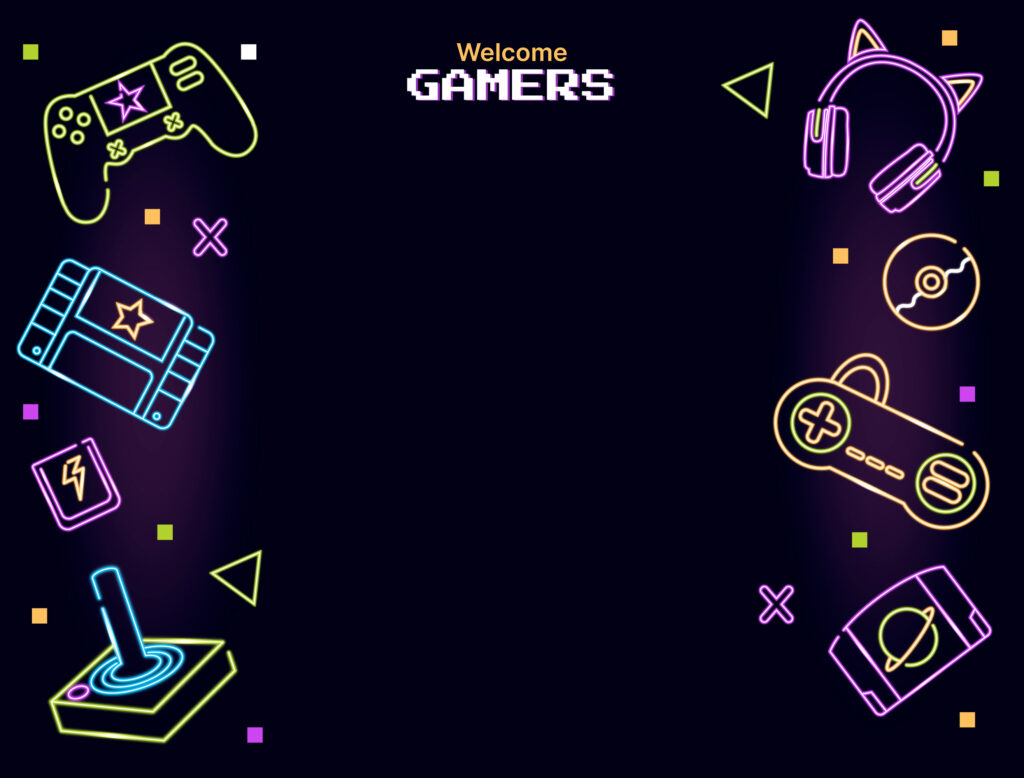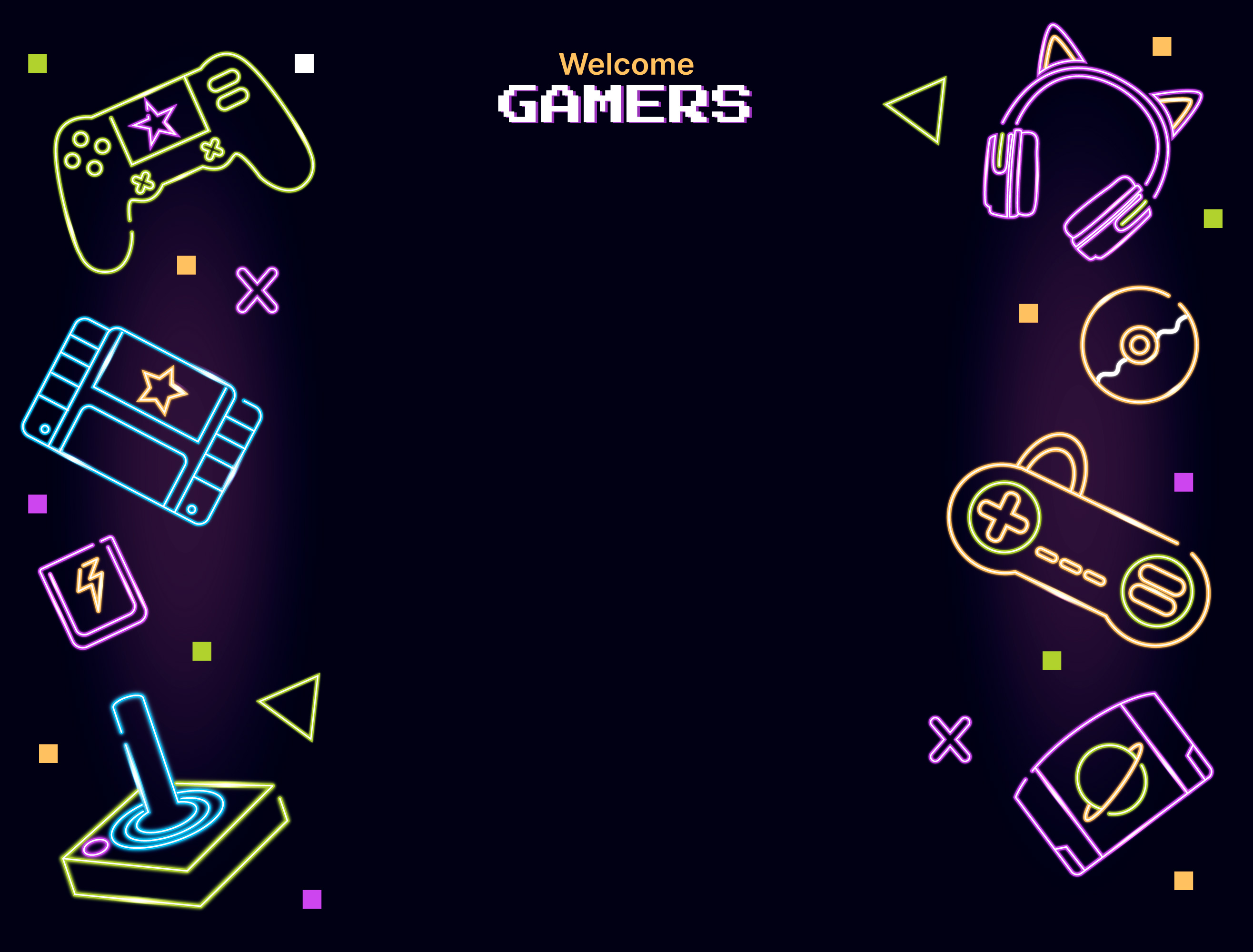The history of gaming is a visual journey that unfolds pixel by pixel, revealing the remarkable evolution of graphics that has shaped the industry. In this exploration of “Pixel Perfection,” we embark on a retrospective adventure, tracing the transition from rudimentary pixel art to the lifelike visuals that define contemporary gaming. Join us as we unravel the technological advancements, artistic innovations, and the impact of graphics on the immersive gaming experience.

The Birth of Pixel Art: A Nostalgic Beginning
“Pixel Perfection” starts by paying homage to the origins of pixel art, a style that laid the foundation for the gaming industry. In the early days of video games, limited hardware capabilities compelled developers to express creativity through minimalistic pixelated graphics. Classic titles like Pac-Man, Space Invaders, and Super Mario Bros. showcased how simplicity could be a canvas for engaging gameplay.
The nostalgic charm of pixel art is more than a mere aesthetic; it’s a cultural touchstone that resonates with gamers of all ages. “Pixel Perfection” acknowledges the enduring appeal of retro games, where every blocky sprite and limited color palette contributed to a unique visual language that became synonymous with the early days of gaming.
The 16-Bit Renaissance: A Technological Leap
As technology progressed, the gaming industry underwent a significant transformation with the introduction of 16-bit consoles. “Pixel Perfection” delves into this era, where the Sega Genesis and Super Nintendo Entertainment System (SNES) elevated graphics to new heights. The 16-bit era marked a departure from the simplicity of earlier pixel art, introducing more detailed characters, vibrant colors, and intricate backgrounds.
Titles like Sonic the Hedgehog and The Legend of Zelda: A Link to the Past showcased the artistic possibilities that emerged with increased processing power. The “Pixel Perfection” journey recognizes how the 16-bit renaissance set the stage for a visual revolution, foreshadowing the expansive worlds and intricate narratives that would define the future of gaming.
The Transition to 3D Graphics: A Dimensional Shift
“Pixel Perfection” undergoes a dimensional shift as the gaming industry embraced 3D graphics. The introduction of polygonal models and 3D environments marked a paradigm shift, offering a newfound sense of depth and immersion. Games like Super Mario 64 and Tomb Raider demonstrated the potential of 3D graphics in creating expansive virtual worlds.
This era of transition wasn’t without its challenges. Early 3D graphics were characterized by blocky models and limited textures, yet the ambition to create realistic environments spurred developers to push the boundaries. “Pixel Perfection” acknowledges the experimental phase of 3D graphics, a period that paved the way for the visually stunning landscapes and intricate character designs seen in contemporary gaming.
The HD Era: A Visual Renaissance
With the advent of high-definition (HD) gaming, “Pixel Perfection” enters a visual renaissance. The PlayStation 2, Xbox, and GameCube paved the way for HD consoles like the PlayStation 3, Xbox 360, and later, the PlayStation 4 and Xbox One. This shift to HD not only enhanced graphical fidelity but also introduced cinematic storytelling and intricate facial animations.
Titles such as The Last of Us, Grand Theft Auto V, and Halo 4 exemplify the attention to detail made possible by HD graphics. Realistic lighting, dynamic weather systems, and lifelike character animations became standard features. “Pixel Perfection” emphasizes how this era represented a convergence of artistic vision and technological prowess, bringing gaming closer to the realms of film and animation.
The 4K and Beyond: A Quantum Leap in Visual Realism
As technology continues to advance, “Pixel Perfection” witnesses a quantum leap in visual realism with the rise of 4K resolution and beyond. The PlayStation 5 and Xbox Series X/S usher in a new era of gaming, where ray tracing, high refresh rates, and near-instantaneous load times redefine the gaming experience.
Games like Demon’s Souls (2020), Cyberpunk 2077, and Ratchet & Clank: Rift Apart showcase the potential of 4K graphics in creating stunningly detailed environments and character models. “Pixel Perfection” acknowledges the strides made in achieving photorealism, where virtual worlds become indistinguishable from reality, marking a pinnacle in the pursuit of visual perfection in gaming.
Artistic Styles in Pixel Perfection: Beyond Realism
While “Pixel Perfection” recognizes the push for realism, it also celebrates the diversity of artistic styles that have flourished in the gaming industry. The indie game renaissance, facilitated by platforms like Steam and the rise of digital distribution, has given rise to games with unique visual aesthetics.
Titles like Ori and the Blind Forest, Hollow Knight, and Cuphead showcase the beauty of hand-drawn animations, vibrant color palettes, and stylized environments. “Pixel Perfection” applauds the industry’s acknowledgment that visual excellence extends beyond hyper-realism, embracing a spectrum of artistic styles that cater to a broad audience and cater to diverse tastes.
Gaming Across Platforms: Unity in Diversity
In the expansive landscape of “Pixel Perfection,” the journey transcends individual platforms. Cross-platform gaming and the advent of cloud gaming services contribute to a unified gaming experience. Whether playing on a console, PC, or mobile device, gamers can now enjoy visually stunning titles without sacrificing quality.
Unity in diversity becomes a key theme as “Pixel Perfection” explores how games are designed to cater to a global audience, accommodating various preferences and playstyles. This inclusivity is reflected not only in gameplay mechanics but also in the diverse visual styles that make gaming a universal language.
The Impact of Graphics on Gaming Experience
“Pixel Perfection” reflects on the profound impact of graphics on the overall gaming experience. While graphics alone do not define a great game, they contribute significantly to the immersive quality that captivates players. Realistic environments, expressive character animations, and attention to detail enhance storytelling, emotional engagement, and player agency.
The evolution of graphics has also influenced game design, enabling developers to create more dynamic and open worlds. The interplay of visuals, mechanics, and storytelling has become integral to crafting memorable gaming experiences. “Pixel Perfection” celebrates how graphics serve as a gateway to virtual realms, where players can lose themselves in fantastical adventures, unravel gripping narratives, and experience a wide range of emotions.
Challenges and Opportunities Ahead in Pixel Perfection
As “Pixel Perfection” explores the achievements and milestones in gaming graphics, it also acknowledges the challenges and opportunities that lie ahead. The pursuit of ever-higher resolutions and graphical fidelity raises questions about sustainability, accessibility, and the environmental impact of gaming technology.
The advent of ray tracing and other advanced rendering techniques opens up new possibilities for visual storytelling but also poses challenges in terms of hardware requirements. Balancing innovation with accessibility becomes a central theme in the evolving narrative of “Pixel Perfection.”
Conclusion: A Timeless Quest for Visual Excellence
In conclusion, “Pixel Perfection: The Evolution of Graphics in Gaming” is a journey through time, witnessing the evolution of pixels into intricate works of visual artistry. From the simplicity of early pixel art to the photorealism of 4K gaming, each era represents a chapter in the timeless quest for visual excellence in gaming.
As technology continues to propel the industry forward, “Pixel Perfection” invites gamers, developers, and enthusiasts to appreciate the diverse visual tapestry that defines the gaming landscape. Whether immersed in the nostalgic charm of retro pixels or marveling at the cutting-edge graphics of the present, the quest for pixel perfection is an ever-unfolding adventure – a testament to the boundless creativity and innovation that continue to shape the world of gaming. So, with every pixel rendered and every frame perfected, the journey into the visually stunning realms of gaming is a perpetual quest for perfection – a quest that will undoubtedly continue to captivate audiences for generations to come.
Related Articles:
1. The Evolution of Video Game Graphics: From Pixels to …
2. 12 Striking Video Game Art Styles – Sound of Life
3. The Pixel-Perfect Evolution of High-End Retro Gaming




